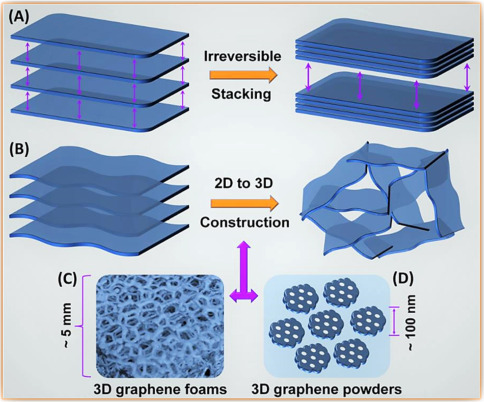Nanosheets are ultra-thin, two-dimensional materials that have emerged as a significant focus in material science and nanotechnology. Typically consisting of just a few nanometers in thickness, these materials can be composed of various substances, including graphene, transition metal dichalcogenides (TMDs), and layered oxides. Their unique properties make them promising candidates for numerous applications across different fields.
Structure and Characteristics
Nanosheets possess a layered structure, where individual sheets can be stacked or separated to create materials with tailored properties. Their high surface area-to-volume ratio enhances reactivity, making them suitable for catalysis, energy storage, and environmental applications. The mechanical strength of nanosheets often exceeds that of bulk materials, leading to innovations in creating lighter, stronger composites.
Applications
- Electronics: Nanosheets are pivotal in developing flexible, lightweight electronic devices. Their excellent electrical conductivity and tunable bandgap make them suitable for transistors, sensors, and display technologies. TMDs, for example, are being explored for next-generation semiconductors that could outperform traditional silicon-based devices.
- Energy Storage and Conversion: Nanosheets can significantly enhance the performance of batteries and supercapacitors. Their large surface area allows for increased ion storage and faster charge/discharge rates. Additionally, they are being investigated for use in photocatalysis and solar cells, where their unique properties can improve energy conversion efficiency.
- Environmental Remediation: The high reactivity of nanosheets enables their use in environmental applications, such as water purification and pollutant degradation. Nanosheets can be engineered to adsorb contaminants or catalyze reactions that break down harmful substances, contributing to cleaner water sources.
- Biomedical Applications: Nanosheets have shown promise in drug delivery and biosensing. Their ability to encapsulate therapeutic agents enhances drug stability and delivery efficiency. Furthermore, their surface properties can be modified to target specific cells, improving therapeutic outcomes.
Challenges and Future Prospects
Despite their potential, the large-scale production of nanosheets poses challenges, including consistency in quality and uniformity. Ongoing research focuses on developing scalable methods for synthesizing nanosheets while preserving their desirable properties.
As advancements continue, nanosheets may play a critical role in shaping the future of materials science. Their versatility and unique characteristics offer numerous possibilities for innovation across industries, making them a focal point in ongoing research and development.
Conclusion
Nanosheets are at the forefront of material science innovation, with applications spanning electronics, energy, environmental remediation, and biomedicine. As researchers explore their potential and develop scalable production techniques, nanosheets are poised to revolutionize how we approach various technological challenges in the coming years.
